Transplants can be life-savers, game-changers and roll out the welcome mat to a whole new life for patients.
But they can also be life-threatening when a common but critical complication called graft-versus-host disease sets in.
The hope and thrill of a blood or marrow transplant that may cure leukemia or lymph node cancer can quickly turn into a cellular competition between the donor’s immune system and the recipient’s organs.
Spectrum Health Medical Group blood and marrow specialist Ahmad Samer Al-Homsi, MD, is on the forefront of research aimed to flip the battlefield in favor of the patient.
“If we could get rid of (graft-versus-host disease), transplantation would be almost a piece of cake,” he said. “I think we are making strides in that direction.”
In research trials, he’s working on a combination of medications to prevent graft-versus-host disease in transplant patients. The innovative treatment takes four days to complete, versus months of more traditional treatment plans.
Hold your breath on some of the names you’re about to read. They sound like something out of “The Walking Dead” or perhaps a great mythical showdown between a cyclops and a cell-killing zombie.
But this is not science fiction. It’s science in action.
“We adopted a combination of an old drug called cyclophosphamide with a newer drug called bortezomib to prevent this complication,” Dr. Al-Homsi said.
There’s more good news. As opposed to the traditional regimen, which is hard on kidneys, Dr. Al-Homsi’s method can be used in patients with renal problems.
Dr. Al-Homsi launched his research when he worked in Providence, Rhode Island, and continued it when he moved to Spectrum Health three years ago.
So far, he’s treated 26 patients with the new method.
About 15 percent of those patients had a chronic incident of graft-versus-host, compared to 50 percent under the more traditional treatment.
“At this point our numbers are showing about 40 percent of the patients treated are cancer-free and free of the complications and free of graft-versus-host disease,” Dr. Al-Homsi said. “The numbers are certainly very encouraging and very promising.”
If we could get rid of (graft-versus-host disease), transplantation would be almost a piece of cake.
He said graft-versus-host-disease is the leading cause of death due to transplant, but transplants are the only cure for a number of conditions, including blood and lymph node cancers, bone marrow failure, and certain congenital disorders of metabolism.
“Basically, when you are transplanting something with blood and bone marrow you are bringing in a new immune system,” Dr. Al-Homsi said. “The immune system looks at the body as strange and attacks it—skin, liver, guts. It’s a serious complication.”
With serious and not always happy outcomes.
Traditional drugs used to prevent graft-versus-host target T cells, one of several culprits involved in the condition. But these medications are only partially effective and difficult to use, according to Dr. Al-Homsi.
“They require strict patient adherence, monitoring and frequent interventions to address varying side effects,” he said.
Dr. Al-Homsi has almost completed phase 2 of the study.
“The initial results are very promising,” he said. “It’s very exciting, but we’re cautiously excited. We need confirmation with larger numbers.”
He has presented the results in several national and international meetings and published in reputable journals such as BBMT, the official journal of the American Society of Blood and Marrow Transplantation.
But he’s not stopping there. He’s already testing mice with a second-generation drug from the same family as bortezomib.
Dr. Al-Homsi is hoping to secure funding for the $300,000 needed to launch the study with the second-generation drug at Spectrum Health.
“We are grateful to the community here,” he said. “A lot of this work was supported from the Spectrum Health Foundation in addition to a grant from a pharmaceutical company. I’m also thankful to the patients and their families.”
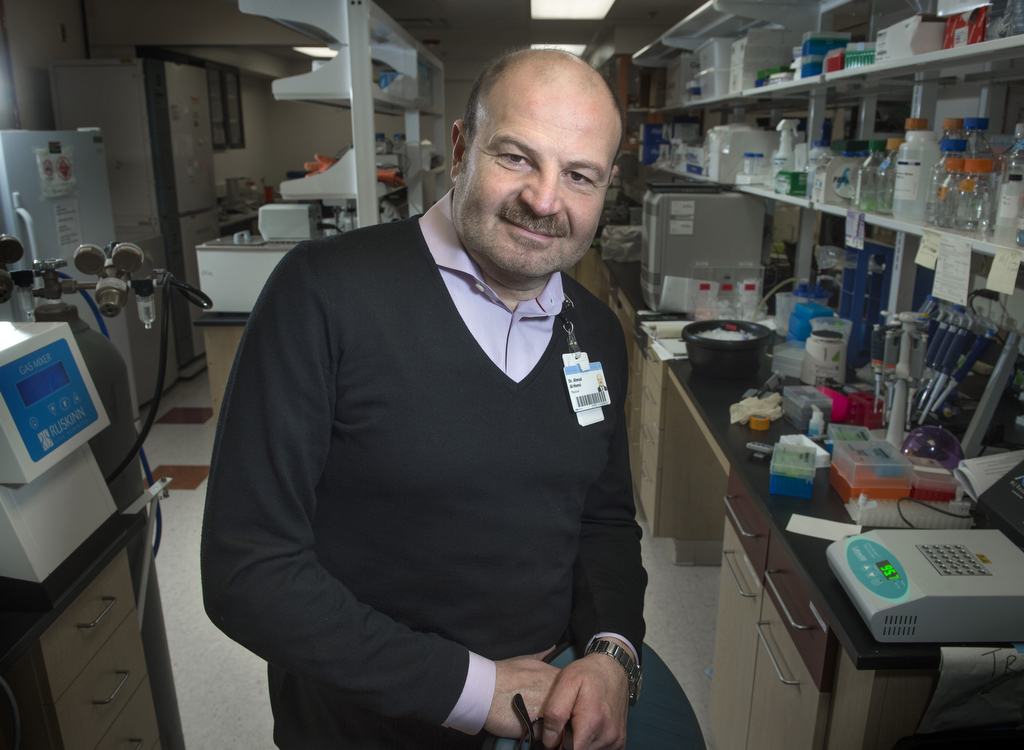
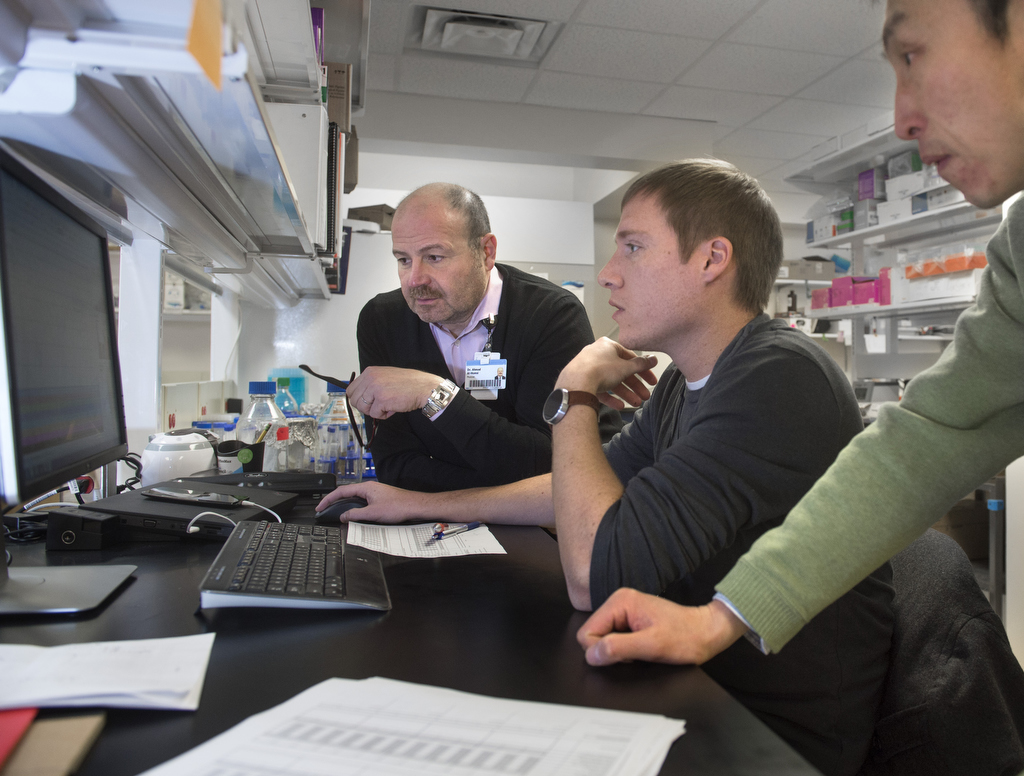
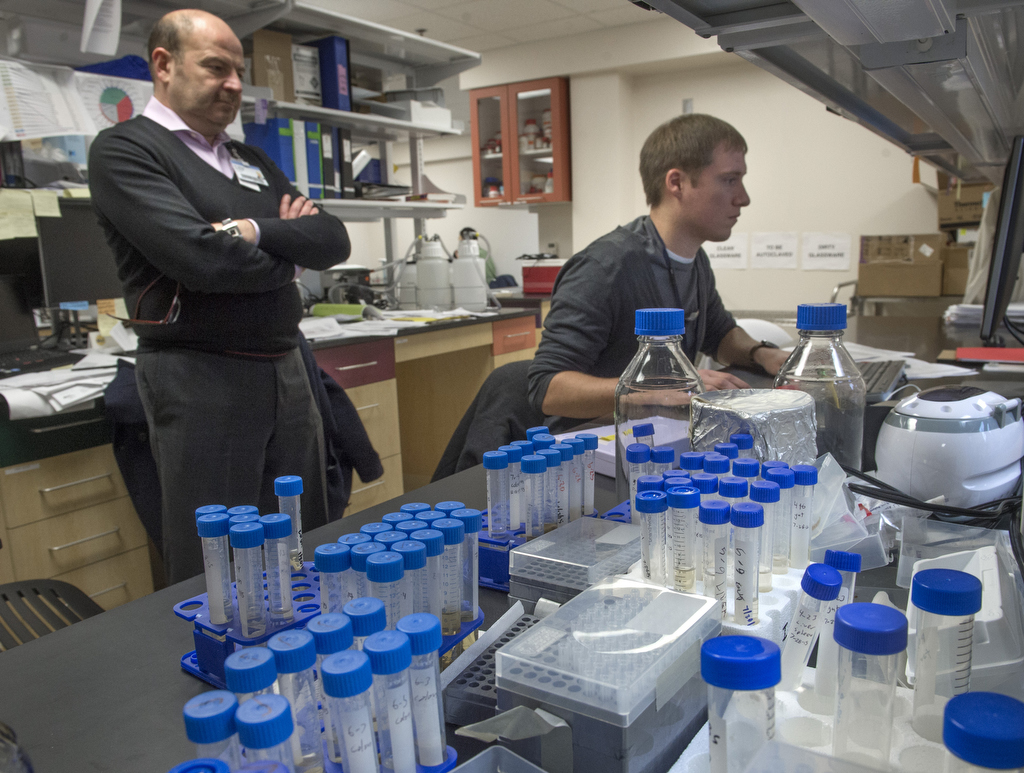
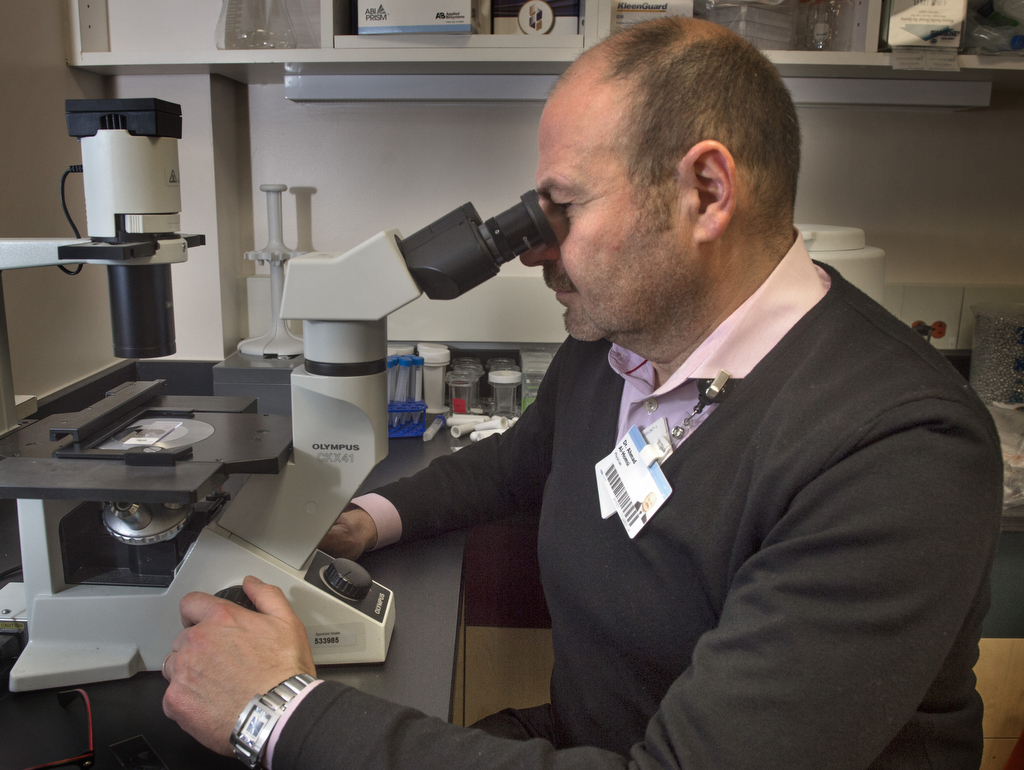

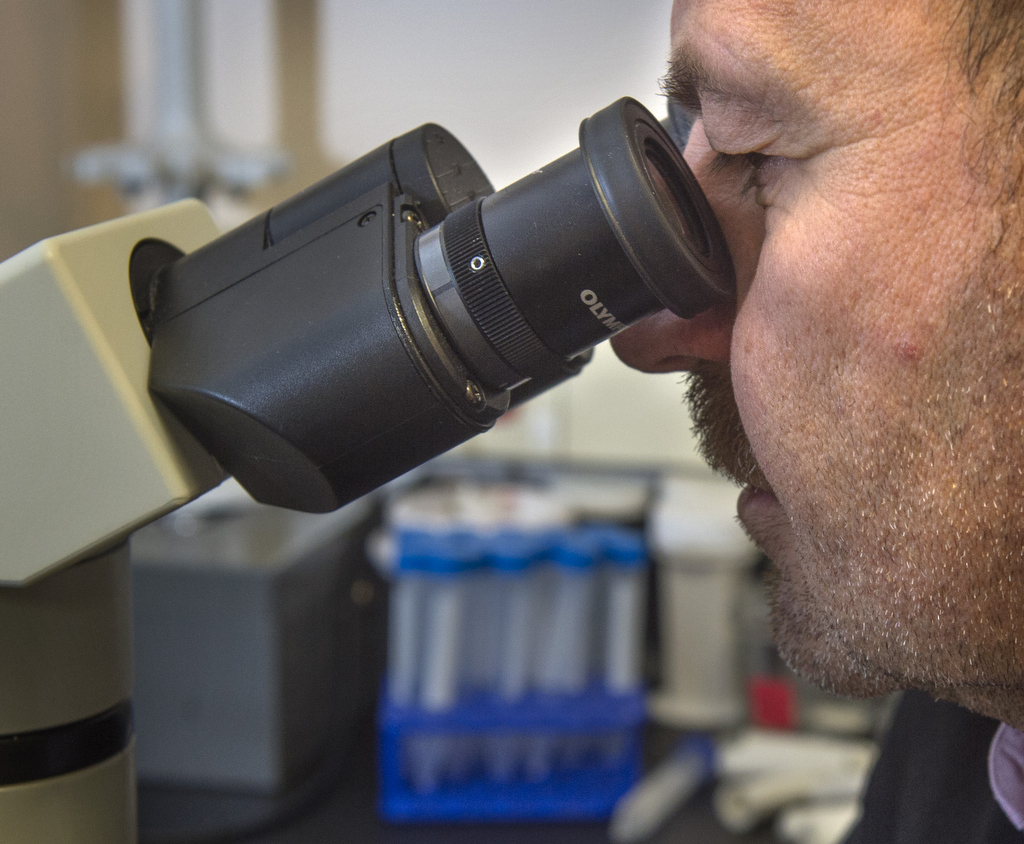
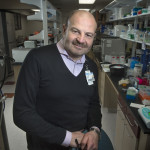
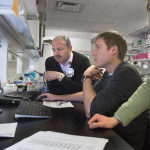
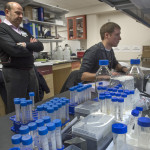

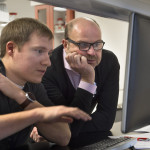
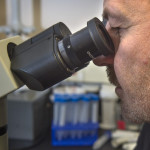
 /a>
/a>
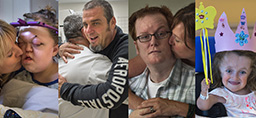 /a>
/a>
 /a>
/a>